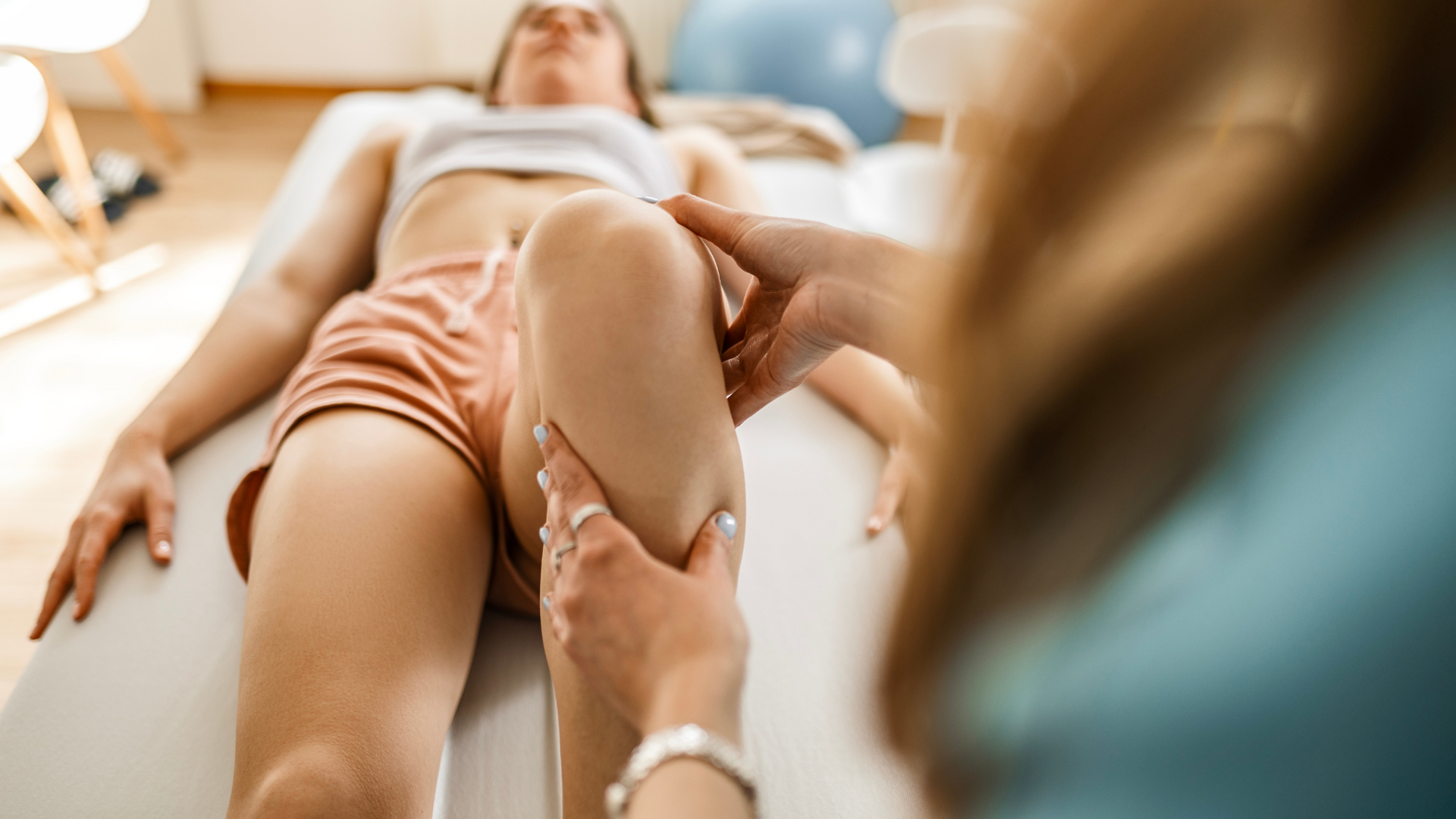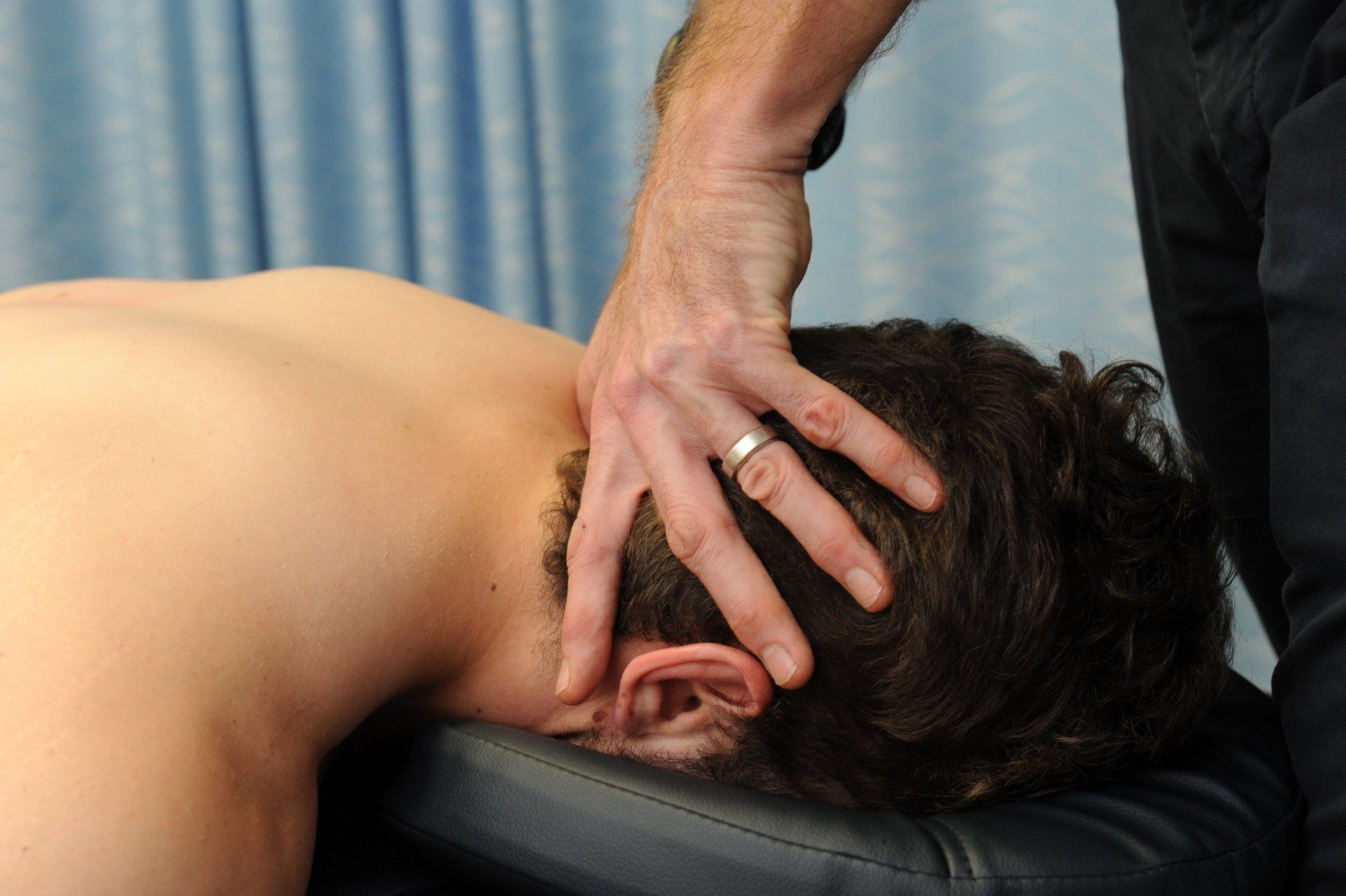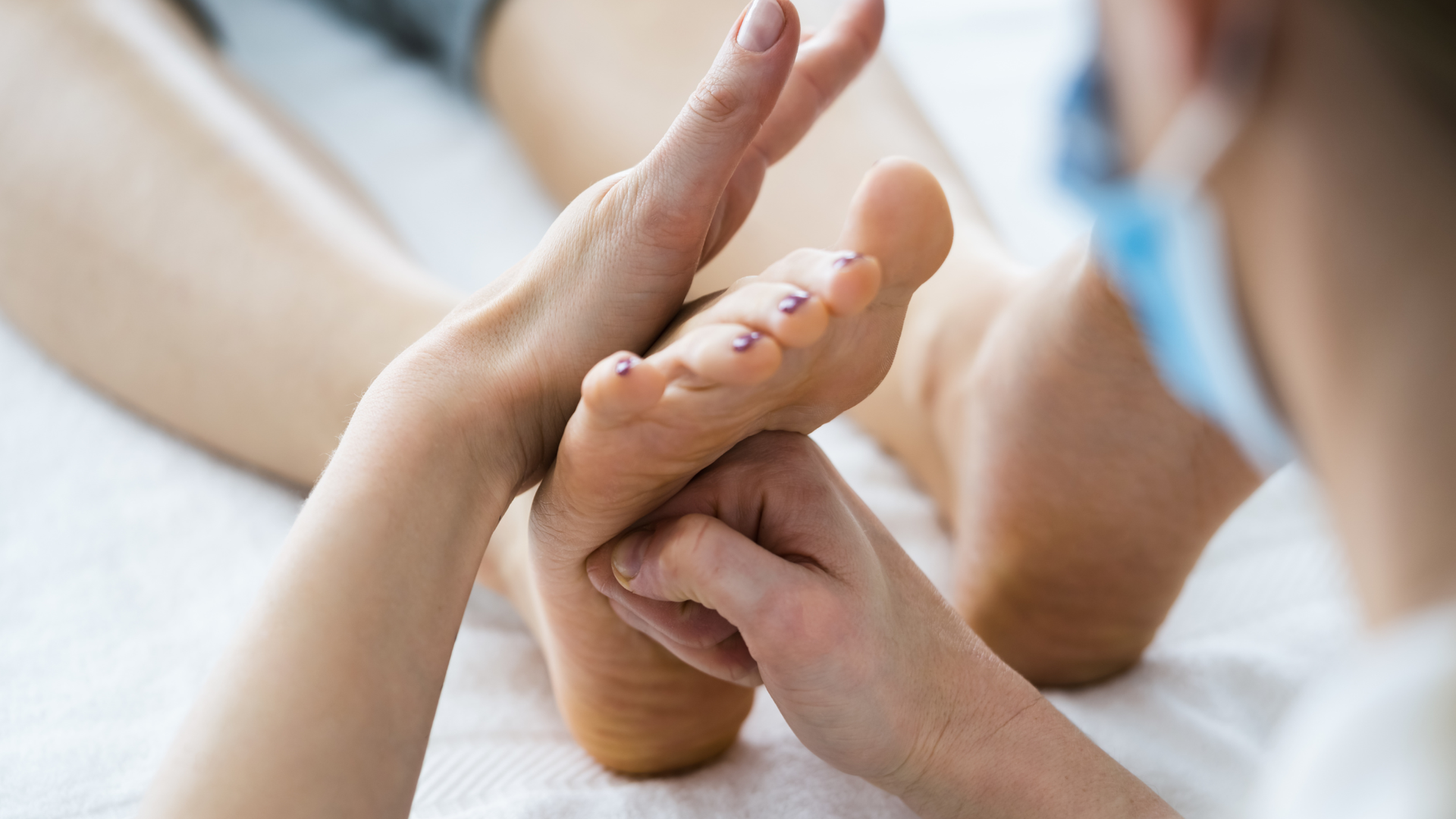Tennis Elbow
When it comes to treating lateral elbow pain, one size does not fit all.

Tennis elbow (or if you want to be really nerdy, lateral elbow tendinopathy or lateral epicondylalgia) is a common musculoskeletal presentation affecting approximately 1-3% of the population. Characterized by pain when gripping or lifting objects with the palm down, you do not need to be a tennis player or even have played tennis to get tennis elbow. In fact, tasks as light as sewing or typing can result in tennis elbow.
TOP TIP: Don’t rely on stock exercise programs and treatment remedies. Tennis elbow is a complex injury that needs an individualized management plan from your physiotherapist to get better. Read on to find out why.
Nuts and Bolts
On the outside of the elbow there is a boney prominence call the lateral epicondyle. It is from here that our 5 wrist and finger extensor muscles originate from a common tendon, before separating out to become individual muscles distally.
The main culprit in tennis elbow is thought to be one of our wrist extensors, called extensor carpi radialis brevis. As a result of repeated exposure to wrist extension and gripping activities, the tendon fibers begin to break down. Under normal circumstances, with adequate time to recover, these fibers repair and develop greater tensile resistance. Ie. they get stronger. However, if the tendons are repeatedly exposed to load without adequate time to recover, fiber disruption is compounded, resulting in changes to the tendon structure, irritation of local nerve endings, pain, and restricted function.
Risk Factors and Injury Prevention
There is a lot about tennis elbow that we don’t know, particularly why some people seem to develop it, while others doing the same type of activity don’t. From studies on tendon injuries in general though, we know that there are intrinsic and extrinsic risk factors for developing tendon pathology. Intrinsic risk factors include age (35-54 years old is the highest risk), sex, body weight, diabetes, rheumatologic diseases, and a history of smoking. Extrinsic factors include mostly sports and occupational related activities.
Transitioning into a new work role where you type 8 hours a day will increase your risk, as will practicing your backhand top spin daily for 3 weeks straight – it’s not called tennis elbow for nothing.
Injury prevention comes down to the ability to identify these risk factors and put them into context. In the workplace, this is important, as many people in the higher risk age bracket are transitioning into new roles or returning to the workplace after having children. Identifying risk factors can reduce injury risk, reducing time lost to injury and reducing the economic burden on workplaces and health care systems.
Is it Tennis Elbow?
Lateral elbow pain can have many causes, so don’t assume that just because you have elbow pain you have tennis elbow!
Tennis elbow is a spectrum of disease, ranging from isolated local tendon damage, through to complex, multi-system (tendon, joint, nerve), and multi-area (elbow, wrist, shoulder and neck) presentations. The duration, location and severity of symptoms will guide the type of intervention recommended, as will the number of episodes of tennis elbow experienced in a lifetime.
Diagnosing tennis elbow is simple and quick. Most physiotherapists can do this with 3 straight forward tests, though other tests are essential to identify or exclude other potential sources or reasons for symptoms. Medical imaging (xray, ultrasound, MRI) is not usually required to make a diagnosis of tennis elbow, and referral to an orthopaedic surgeon is not usually indicated initially.
Managing Tennis Elbow
Once a diagnosis of tennis elbow is made, the challenge is to work out what is happening in the tendon. Understanding the cause of the injury, the phase of the injury (particularly if the tendon is in a reactive or degenerative phase) and issues contributing to symptoms is challenging, and it is these factors that will determine the type and style of rehabilitation you need.
Exercise plays a critical role in the management of tennis elbow. The volume, load and type of exercise will be guided by many factors, including the phase of the injury and co-existing biomechanical problems – think shoulder and neck issues. Manual therapy (joint mobilization, soft tissue therapy, stretches), hot and cold therapy, and taping/braces can play an important role in relieving pain. These interventions are non-invasive, cheap and have minimal side effects.
Steroid injections provide good short-term pain relief however randomized controlled trials have shown that at 6 and 12 month follow up the outcomes are worse than a wait-and-see approach or physiotherapy.
Your doctor may prescribe oral non-steroidal anti-inflammatories. There is conflicting evidence for the effectiveness of these, and it may depend on the phase of the injury. Your doctor or physiotherapist can discuss this with you, as well as general lifestyle modifications, as part of a multidisciplinary approach.
What about Autologous Tenocyte Implantation (ATI)?
There is often a lot of hype when there is a new treatment approach floated, particularly for a condition like tennis elbow that can be difficult to manage. While there is some evidence that ATI can be beneficial in reducing pain associated with severe, persistent (greater than 12 months) cases, the research remains inconclusive as to the long term benefits above and beyond conservative management. Currently the cost for ATI is anywhere between $7,500 and $20,000, and it doesn't get you out of modifying your activity or doing your rehab!
The truth is, for the majority of people, physiotherapy-led education and guidance on load management are all that’s required. In fact, many high quality studies have shown that 83%-90% of people have significant improvement with a wait-and-see approach. However, up to 33% of people experience symptoms lasting greater than 12 months and many people report recurrent symptoms following the initial episode. So be patient, stay in touch with your physiotherapist, and be diligent with your rehab program. For more info on evidence-based management of tennis elbow, click here.
The Take Home
Tennis elbow is a complex spectrum of disease that requires treatment and exercises tailored to the pathology and clinical presentation of the condition. Applying a “one size fits all” approach is unlikely to be effective, prolonging symptoms and resulting in extended time away from work, sport and social activities. Early physiotherapy intervention and education will greatly benefit people with lateral elbow pain, improving outcomes and reducing time lost to work and sport.
Do you have lateral elbow pain and think it might be tennis elbow? Give us a call now.
At Movement for Life Physiotherapy, we can assess and diagnose the cause of your elbow pain and let you know whether you do have tennis elbow or if there is something else going on. With a clear diagnosis and tailored management plan, we'll help get you back to the things you love sooner.
Give us a call now or click on BOOK AN APPOINTMENT to book online.
References
- Bateman et al (2021). Development of an optimized physiotherapist-led treatment protocol for lateral elbow tendinopathy: a consensus study using an online nominal group technique. British Medical Journal.
- Bisset et al. (2007). Conservative treatments for tennis elbow—do subgroups of patients respond differently? Rheumatology
- Coombes et al. (2015). Management of lateral elbow tendinopathy: One size does not fit all. Journal of Sports Physical Therapy
- Day et al. (2019). A comprehensive rehabilitation program for treating lateral elbow tendinopathy. The International Journal of Sports Physical Therapy
- Stasinopoulos (2022). Stop using the eccentric exercises as the gold standard treatment for the management of lateral elbow tendinopathy. Journal of Clinical Medicine
- Tennis Elbow: What Is It? How Do I Get Back to My Regular Activities? Journal of Orthopaedic & Sports Physical Therapy 2023 53:4, 1-1
- Wang and Thampatty (2021). The pathogenic mechanics of tendinopathy. In: Tendinopathy, pp13-22.








